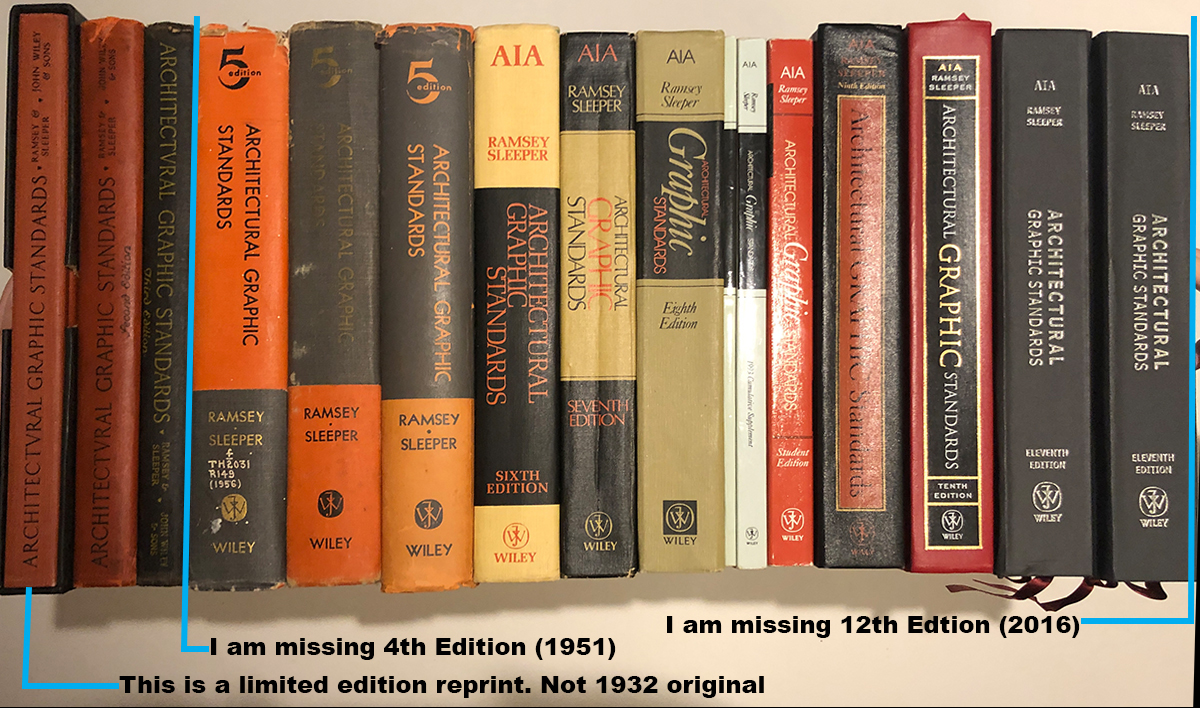So I posted a photo of a few books the other day including two Architectural Graphic Standards. As it turns out I may have a slight problem with collections or maybe it’s a compulsion. I have an almost full collection of the Architectural Graphics Standards books. I must admit it became a bit of an issue/obsession for me about seven or eight years ago. I already had a few editions at that time, but now, I am only missing the 4th edition and the most current 12th edition. I attempted to purchase the 4th edition from eBay, but it was actually a 5th edition and now I have extras of that edition.
I am a bit of a book nerd in many ways. I like to have first editions. I like to have multiple copies of books I enjoy. These books are somewhere in between, yet clearly fall into the nerdy obsessiveness. I cannot say that I really use these books for their intended purposes, at least not anymore. I did use them earlier in my career as they were a useful compendium of knowledge and information. I feel as though now and moving forward, they may not be as useful of a tool as they have been historically. The need for digital content and the ability to find information digitally may make the print editions of this tome irrelevant. The publishers may even realize this as they launched a new online format for the publication with the latest revision. Of course, it is a subscription-based service, but if you have interest it’s here.
My First Reference Book
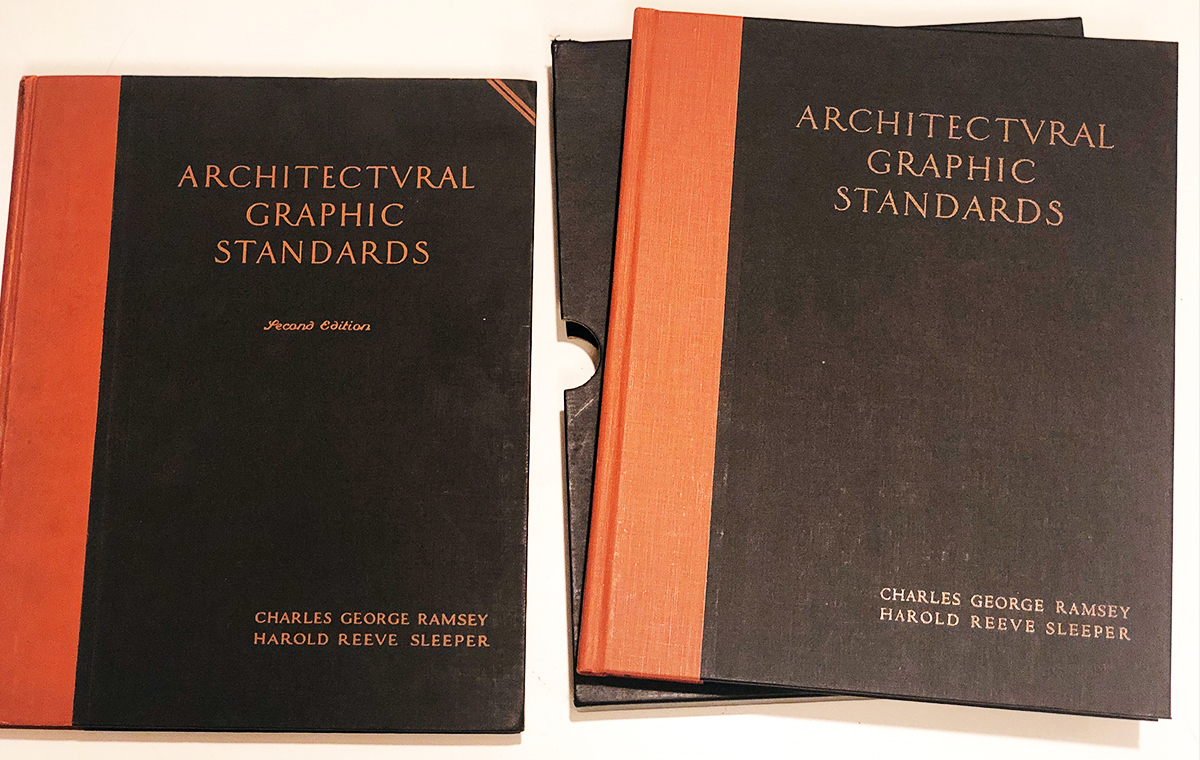
The first version of this book I ever purchased was actually during my school years. I bought the student abridged version of the 8th edition. I still have it in my collection. This was a time in my life when these types of purely informational and detailed reference materials were not as easy to come by. I have managed to tote that with me for over 25 years now. It is still in pretty good shape. I think the next version I purchased was a full-tilt 10th edition in the late 1990s or early 2000s. I was working and I still needed the references. It was something that I could look at, comprehend, and then replicate on my own in CAD. Also, it was and has always been useful for dimensional references. I think I learned about standard sizes of cars, parking spots, furniture, and fixtures from those years using the books. Maybe that fueled my increasing attachment.
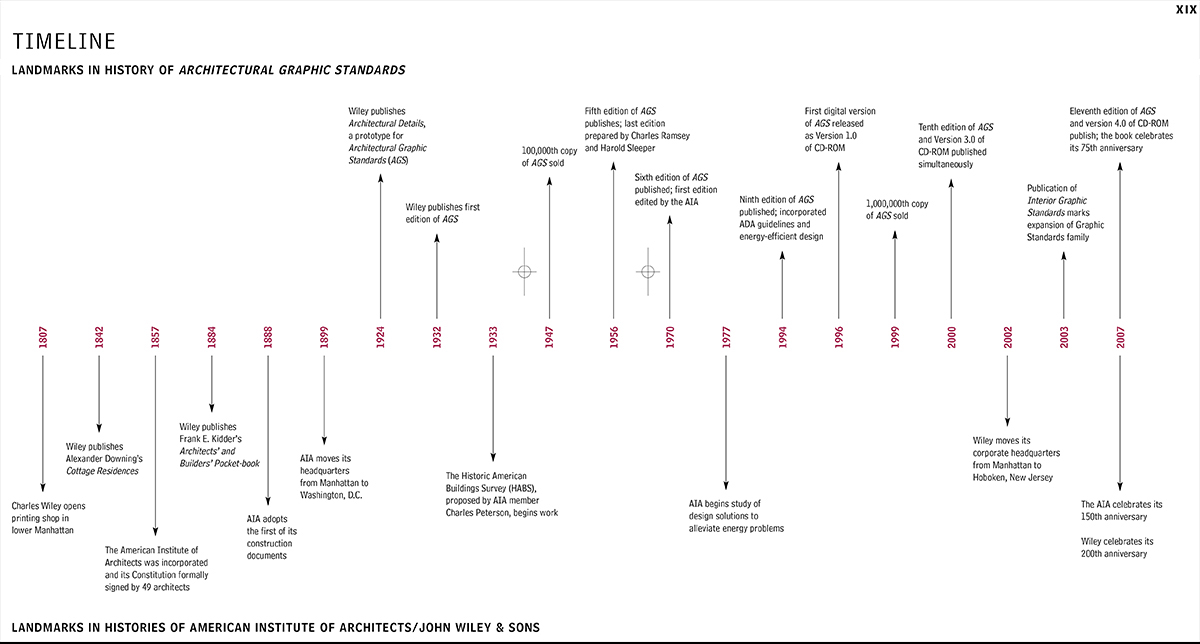
So several years ago, I was able to pick up one or two older copies from another architect that was retiring and cleaning out her office. I was quick to take these books as I had the aforementioned attachment. But it was shortly after that I began my hunt for the entire run of editions. I will admit it seemed like an impossible task in my mind. But as it turns out, most of these books are fairly easy to come by. I will admit, some of them are harder to find or more expensive to purchase, but overall I have not had any real difficulty in amassing the “full set”. I will say that the rest of the books I purchased on eBay or via online resale shops. Some took longer to find, but overall it was not the hassle I expected when I decided to “collect them all!” I still have a few to acquire, and maybe some to replace with first editions, but that may be an entirely new quest.
The First Edition 1932
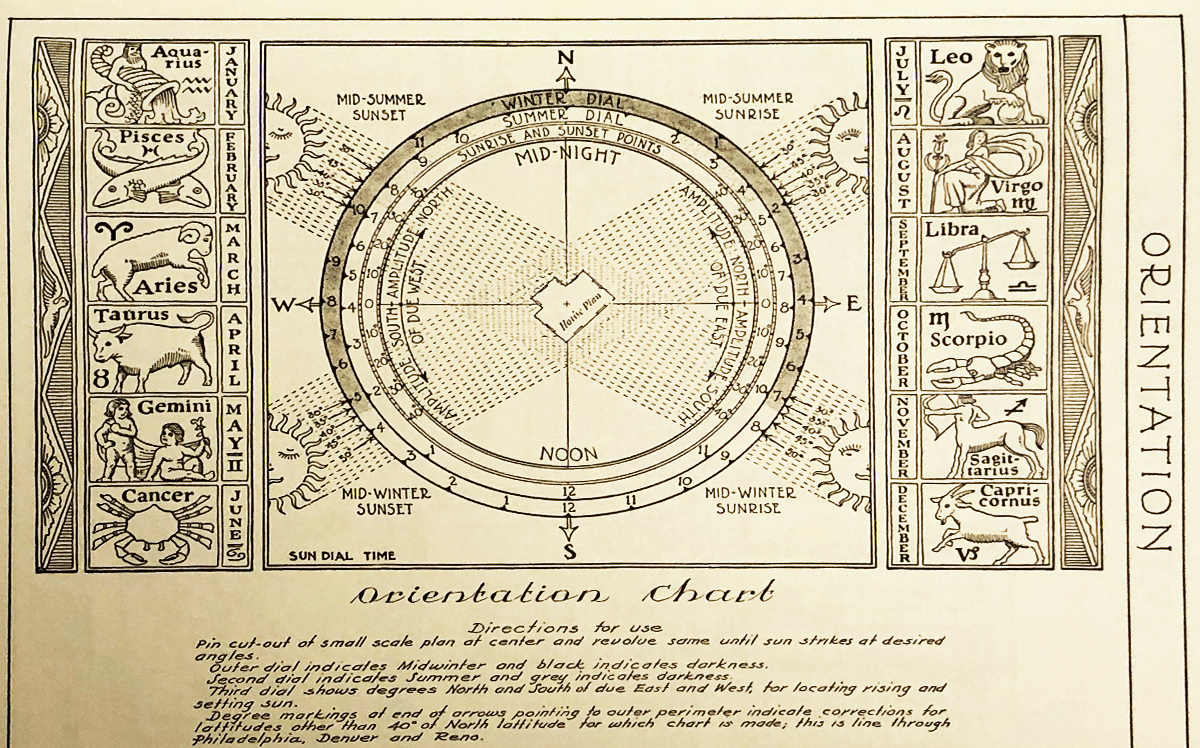
I will admit, my first edition is a reprint. In 1990, Wiley made a limited edition run of exact reproductions of the original 1932 Original Edition. Again, when I purchased this one, it did not seem to be extremely difficult to procure. They may not be as available now, but they can still be found for a price. This is one of the editions I would really like to replace or maybe I should say supplement with an original 1932 print edition. I am not overly concerned with a first-run print edition, just one of the print editions from the 1932 edition prior to the release of the second edition in 1936. These seem a bit more difficult to locate … well at least within the price range I am willing to spend. So that book is still on my list. The other earlier missing edition, the 4th, I should be able to add to the collection soon. I have had these packed away for a few years since I moved my office and was not 100 percent certain if it was the 3rd or 4th edition I needed. So now a new, although most likely short, quest has begun. Since the 12th edition is the most recent, I can possibly wait for a bit as that price point hurts for solely the idea of completing the set; and for the fact that I may rarely use it for its intended purposes. That may keep it missing from the collection for a little while longer. It also may be the last edition ever printed so that may change my mind as well.
A Bit of History
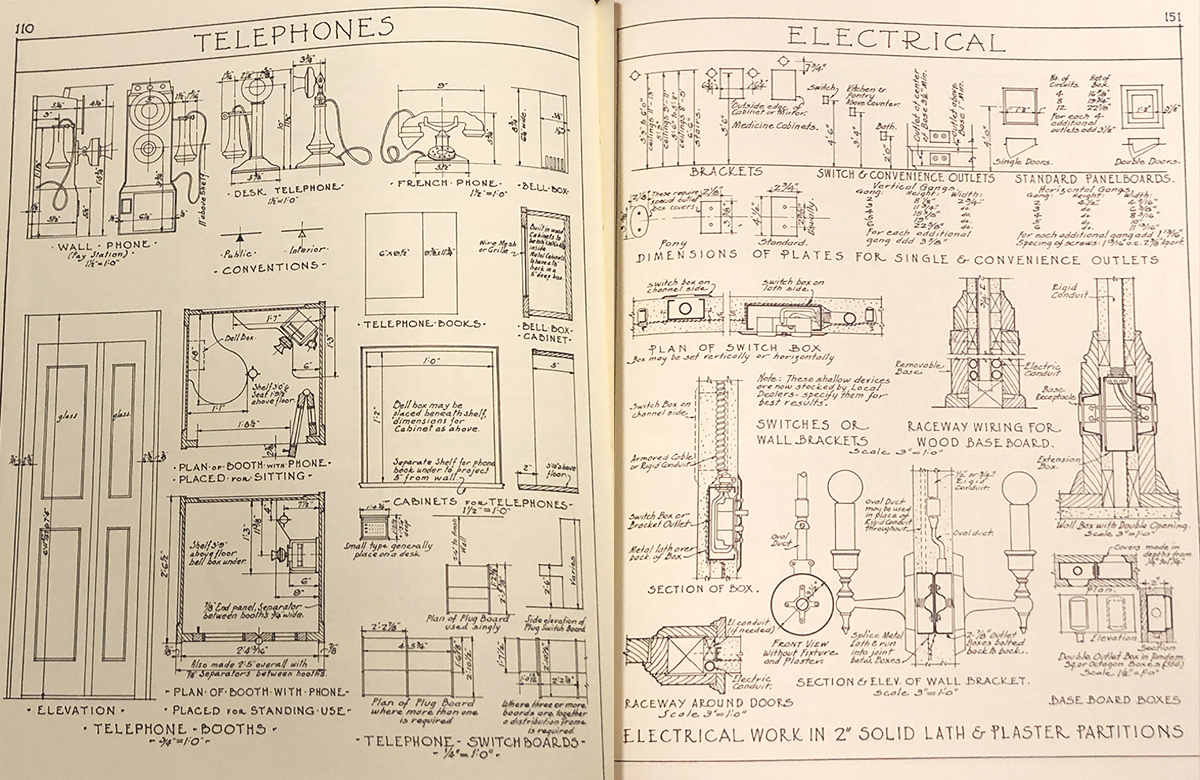
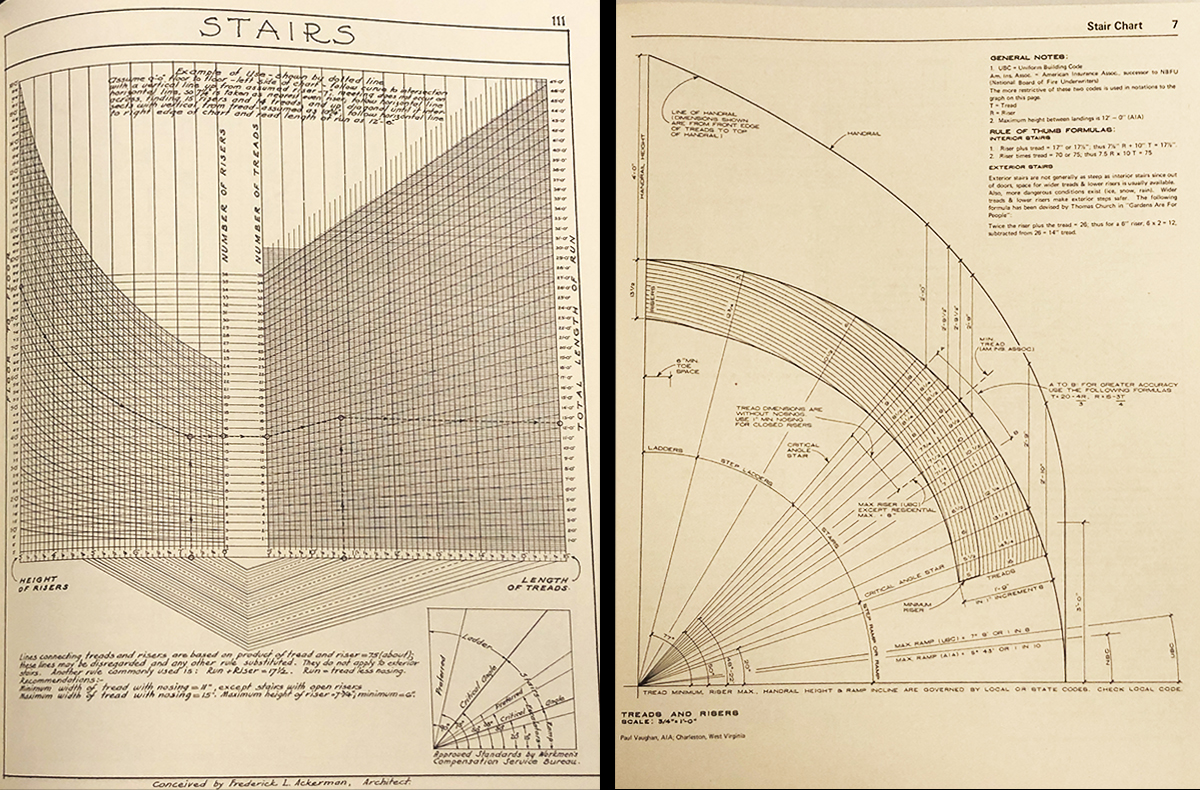
Besides my compulsive tendencies, I view these books as a glimpse of history. I like to look back at the older editions and see how the building technology of the time. I find some of it fascinating. I think this is probably due to my desire to know how things go together. I may someday find a way to compare, contrast or analyze the set of books in some academic manner. I have been noodling around on that idea since a colleague of mine suggested it. I think there could be various ways to dissect these books and reflect on them as snapshots or of industry influence. I am not sure just yet. Mainly I must just say I enjoy flipping through them and looking at technical drawings. I think it is the same reason I enjoy medical illustrations, it’s just the detail and care that goes into their creation and the nature of precision drawing. Maybe it’s just because I am a detail-oriented individual. Or maybe it’s just yet another nerdy part of my personality.
Outdated Content?
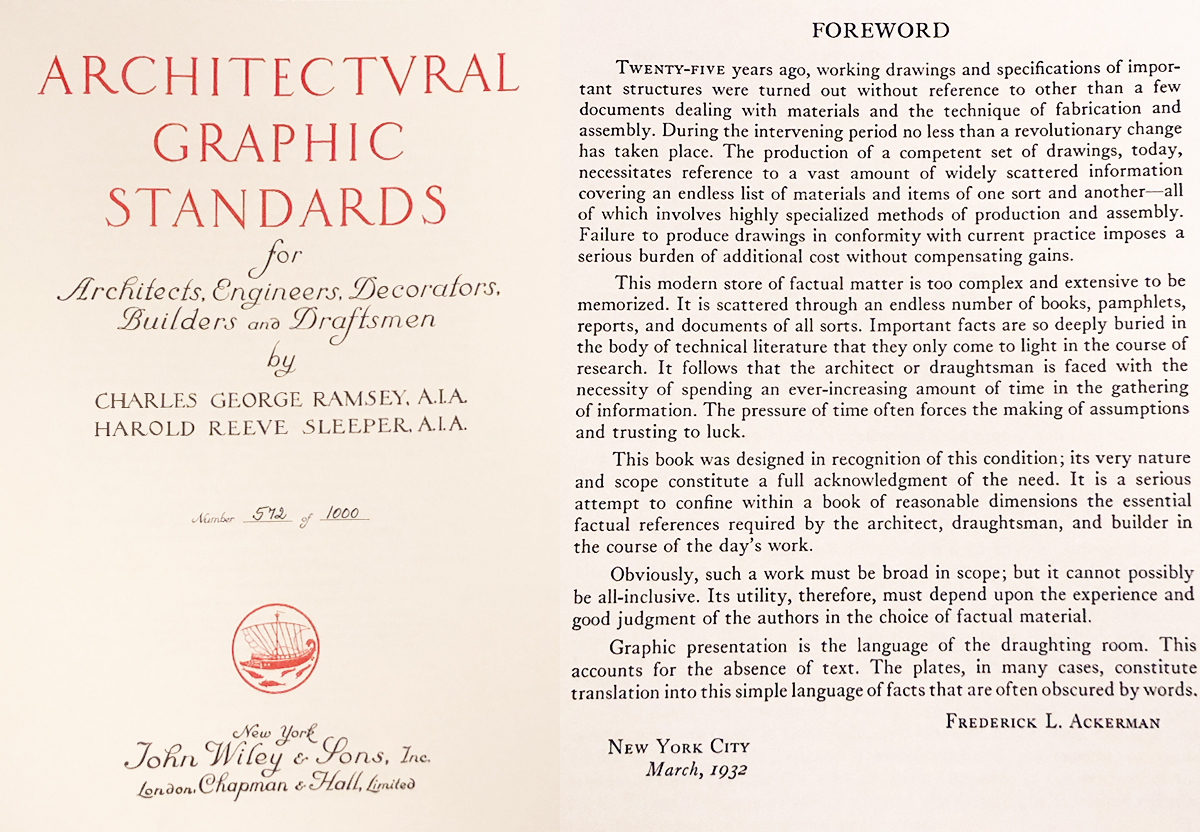
I know some of the images in this post may seem random, but I chose images that I enjoy looking at when I browse. I wanted to post so many more! The stair calculation charts are great. No way anyone would really need these today since that type of work is all automated within our software. I also enjoy all of the outdated technological references in the older editions. I did enjoy the phone details and the electrical details from 1932. I also had some images that get to the increase of the content over time. The first edition in 1932 was 233 pages. The most recent 12th edition from 2016 has 1083. So much change. One of the things that I find quite remarkable is the foreword to the 1932 first edition of the book. Read it. It makes many points that are still so very relevant to practice today. It speaks to the debate that happens quite often in today’s settings about how much content is necessary or should be placed in our construction documents. That foreword is 90 years old and still speaks to our current condition. Part of me finds that remarkable and part of me finds that painful. I like to think that it speaks to the constant evolution of our profession in the face of ever-changing technologies in the built environment. Yeah, I am going with the glass is half full today.
Until next time,

